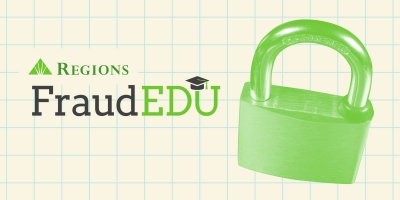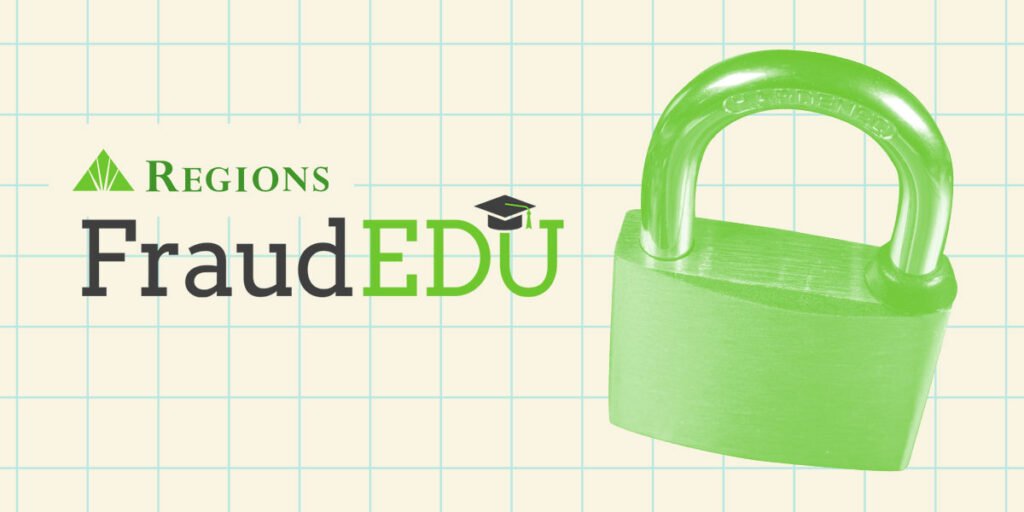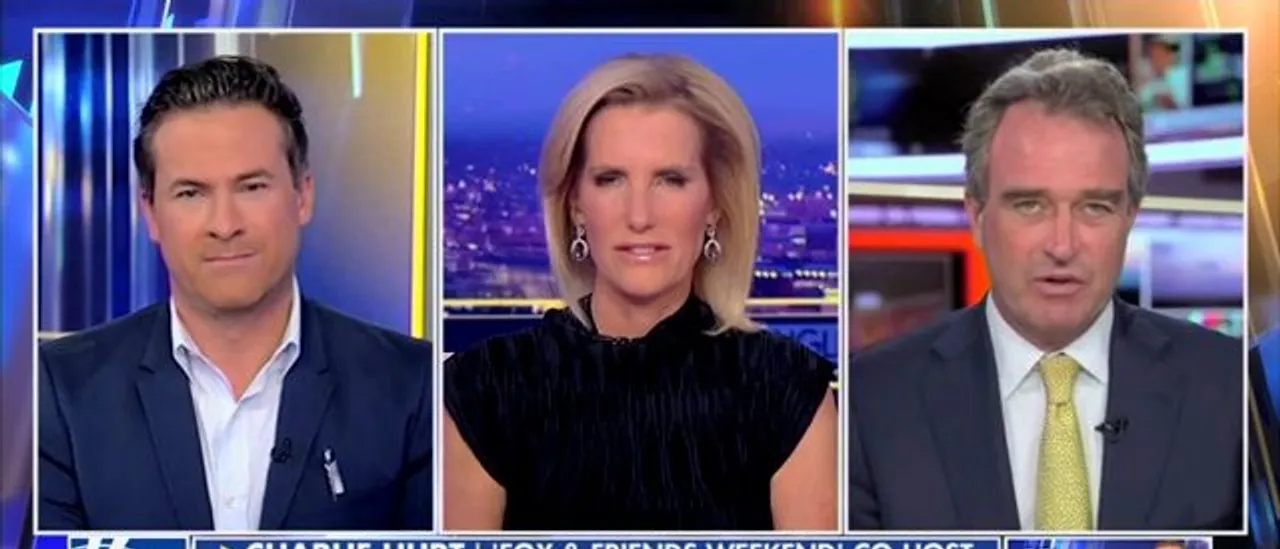
There’s been a noticeable rise in fraudulent texts suggesting that you owe money for unpaid tolls, and they’re becoming increasingly convincing.
These scams, referred to as “smishing,” utilize deceptive links to extract personal and financial information from victims. The messages typically convey a sense of urgency, implying that immediate action is required to avoid late fees or penalties for missed toll payments. Some of these texts can be pretty startling.
What is toll fraud?
Toll fraud involves receiving a bogus message that falsely claims you’ve missed a toll payment. Often, these messages press for immediate payment through links to fraudulent sites, warning of potential fines and legal repercussions.
“When you get one of these texts, you might be on your way to the beach, passing the toll booth, but still feel uncertain,” noted an expert. “It’s wise to check your mail for an official notice before assuming you owe anything. Typically, if you owe, you’ll receive notifications via email, not random texts. So really, there’s no good reason to click on those unexpected links.”
The FBI has reported nearly 2,000 complaints about fee fraud in the last year alone. Meanwhile, cybersecurity experts have pinpointed over 10,000 domains linked to this type of fraud.
“These messages are crafted to provoke quick emotional responses, like worry, urgency, or even guilt. It’s easy to click the link before you really think it through,” shared Taylor. “Usually, the amounts mentioned are small, but once they have your information—your credit card number—they can hit you again.”
5 steps to combat toll fraud
Receiving a suspicious toll-related text can be alarming, but there’s no need to panic. Just make sure to follow these five steps to protect yourself and help stop these scammers.
- Report the message to the FBI IC3
Visit www.ic3.gov to file a complaint. Include the number that sent the text and any links provided. - Verify claims through official channels
If you’re unsure about a toll payment, log in directly to the official website instead of using the link in the text. - Contact customer support
Use verified contact information from your toll service to check any suspicious messages. - Delete suspicious messages
If a message seems off, don’t click on anything—just delete it. - If you’ve clicked or paid, act swiftly
Notify your bank immediately if you’ve shared any personal or financial details, and monitor your account for unfamiliar charges.
Stay alert
“Heed the advice of the FBI,” advised Kimberly Reese from the local fraud prevention advocacy team. “If you receive a toll fraud text, please report it and delete it to eliminate the threat and assist law enforcement in catching these criminals.”
Check out our site for more tips on how to protect your identity and finances.







